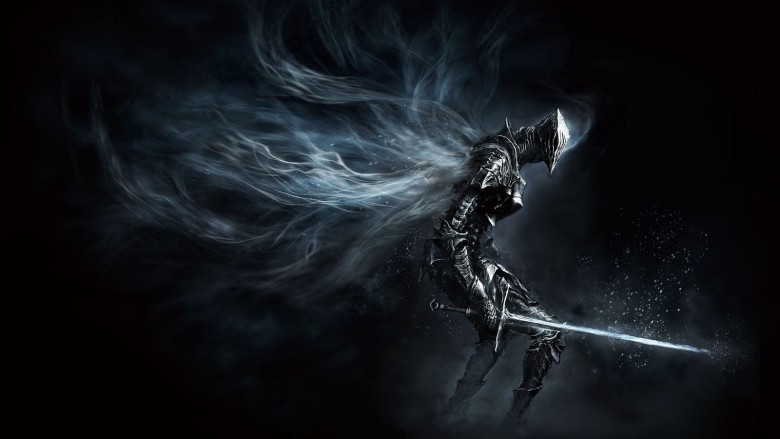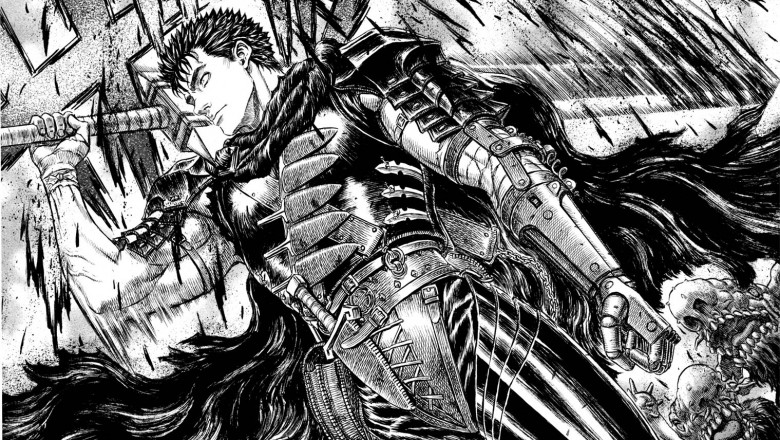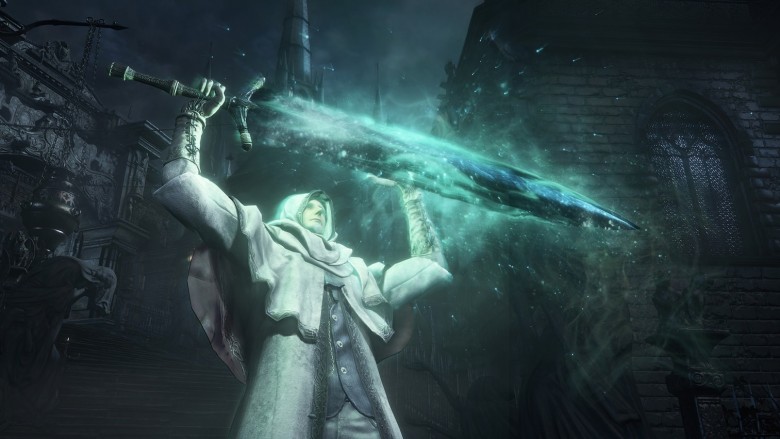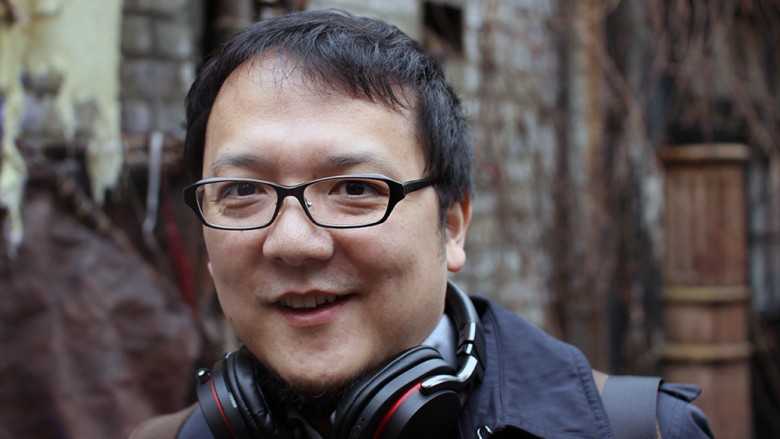The Untold Truth Of Dark Souls
Out of the millions of video games ever made, the Souls series is forever special because they've harnessed a power that's always been part of video games but never turned into a weapon of mass appeal: frustration. Demon's Souls, Dark Souls I, II, and III, and Bloodborne have broken men and women into salty balls of rage, which is the point—everything about the games are intended to be as difficult as possible. Succeeding in the Souls series can be enough to make you feel like you've won the Super Bowl, the World Series, and Olympic gold all at the same time.
With all that hardcore gaming going on, it's been easy to miss some of the less obvious details and behind-the-scenes stories from the franchise. What's been hidden throughout the history of Souls? Let's find out.
The director changed for one game, and the quality dropped
Hidetaka Miyazaki, the head director for most of the Souls franchise, is as hands-on as it gets. Dark Souls 2 is the exception, though. Because Miyazaki was working on Bloodborne at the same time Dark Souls 2 was being made, he kept his focus on Bloodborne and simply took a supervisory role on Souls 2. Taking his place at the helm of the project were the duo of Yui Tanamura and Tomohiro Shibuya.
When the game came out, reviewers conceded it was an excellent game—just maybe not compared to its predecessors. We can only wonder if Miyazaki read the reviews, but he was right back in the director's chair for Dark Souls 3. And some of the changes made were seemingly reversed: Drangleic, the setting of 2, was abandoned in favor of returning to Lordran for 3, and the speed of the game was more in line with Bloodborne. It might be safe to say they couldn't make a Souls game without Miyazaki.
There are constant references to the anime Berserk
Everybody has a television show, video game, book—whatever—that they'll love forever. Hell, entire cultures have been born around this love—just ask Trekkies, Doctor Who fans, and Star Wars devotees. Miyazaki is no exception. His leading light is the manga/anime Berserk, which has a dark fantasy style not unlike the Souls games.
In fact, Miyazaki, has stuffed the Souls games with Berserk references. Just about every weapon, landmark, enemy, and character you run into smacks of something from the series. How about Siegmeyer of Catarina, the other great Sir Onion? Don't he and his Catarina armor look like the evil mercenary Bazuso? Other things are straight out of the series, like the blacksmith Rickert of Vinheim from Dark Souls, who shares a name with one of the protagonist's bandit followers.
It was rumored awhile back that Berserk creator Kentaro Miura would be linking up with Miyazaki to work on some kind of project. It hasn't happened yet, but for the moment, fans of both can enjoy making Berserk's protagonist Guts in the character creation screen of any Souls game and sending him to wreak havoc through Boletaria, Lordran, Yharnam, or Drangleic.
No Moonlight Greatsword is left behind
Before the Souls games, From Software's big money franchise was a fantasy RPG called King's Field. Slightly similar to what the Souls games would become, but with a first-person perspective and a Doom-like style of play, it ran for four games, the first three released yearly from 1994 to 1996, and the fourth in 2001. One of the main weapons in King's Field was called the Moonlight Greatsword—it appeared in all four games, and served as a major plot device in the second.
Apparently, the devs at From Software loved this thing too much to keep it in the past, because when Demon's Souls rolled around, players who dug deep enough found the Holy Moonlight Sword, an acknowledgment of From Software's past as well as a powerful weapon; the same happened in Dark Souls, Dark Souls 2, and Dark Souls 3. Fans might have been disappointed at first when running through Bloodborne, as Miyazaki seemed to have finally left out the Moonlight Sword, but upon the release of The Old Hunters DLC, they rediscovered their joy again—not only did the sword return, it was in the hands of an epic boss who put it to great use.
The creator knows his base (and trolls them right)
In Dark Souls—and indeed a number of other role-playing games—the last step in the character creation menu is a starting gift, some sort of inventory or key item that comes with you from the jump. It can help or hamper how you get through the game, especially one as notoriously hard to beat as Dark Souls, so you can imagine how fans' ears perked up when Miyazaki mentioned in an interview that he'd pick the Pendant as his starting gift if he were playing.
Practically, the Pendant doesn't seem to have much to offer (it even says as much in the item description), so it was nobody's first choice. You can trade the Pendant for a covenant item, but that's about the only usefulness it has. But fans kept pressing on, thinking that there was something they'd missed, because there's no way in hell the freaking director of Dark Souls would say something like that for no reason.
As it turns out, he did have a reason: it was all a goof. Miyazaki admitted in a 2012 interview with IGN that his public Pendant love was "a little bit of an intention to play a prank." It's probable the people who got the joke and thought it was funny aren't the ones who spent tons of game hours chasing the secret. But if nothing else, it proves that Miyazaki is a creator who knows his audience very well.





